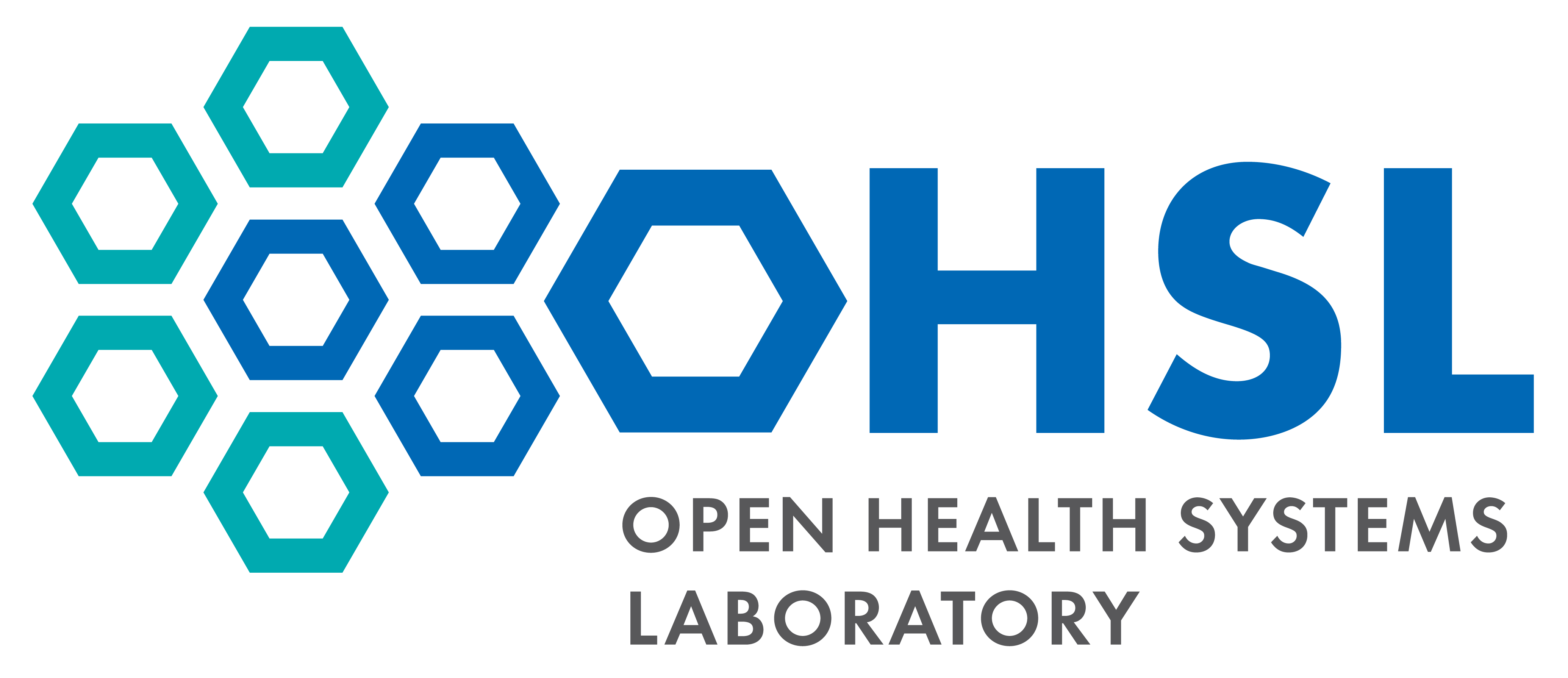Go Directly to CAST Membership
A letter from the Chair, Dr. Kim Lyerly. Dr. Lyerly is the George Barth Geller Professor of Cancer Research, Professor of Surgery, and Director of the Center of Applied Therapeutics at Duke University.
Not all clinical research is done by contract research organizations. In fact, the United States (US) Cancer Cooperative Group Program, which was established in 1955 following congressional approval to increase support for studies of chemotherapy for cancer, serves a model for clinical research that serves the population and society in general, but can also be used as a framework for the development of new therapies. Today’s cooperative groups include researchers, cancer centers, and community physicians throughout the United States, Canada, and Europe that work with NCI to identify important questions in cancer research and to design clinical trials to answer these questions.
Although currently consisting of thousands of investigators enrolling tens of thousands of patients onto clinical trials, the origins were relatively modest, as Congress first appropriated $5 million for US National Cancer Institute (NCI) to establish the Chemotherapy National Service Center. At that time, the main focus of the program was to test new anticancer agents from NCI’s drug development program, and by 1958, 17 cooperative groups were part of the Center. The emphasis on chemotherapy gradually shifted to studies of combined therapy approaches in cancer treatment. Furthermore, the cooperative groups evolved to promote and support clinical trials of new cancer treatments, explore methods of cancer prevention and early detection, and study quality-of-life issues and rehabilitation during and after treatment.
While expanding and contracting over the years to accommodate new opportunities, and to develop multi-disciplinary teams, the contemporary Cooperative Group Program involves more than 3,100 institutions that contribute patients to group-conducted clinical trials. More than 14,000 individual investigators are registered to participate in NCI-supported cooperative group studies. Cooperative groups place more than 25,000 new patients into cancer treatment clinical trials each year.
The specific cooperative groups funded by the NCI differ in structure and research focus. Some groups, such as the Children’s Oncology Group, consist of investigators that have a particular medical specialty (e.g., pediatrics); some, such as the Radiation Therapy Oncology Group, study a specific type of cancer therapy; and others, such as the Gynecologic Oncology Group, focus on a group of related cancers. The groups share a common purpose—to develop and conduct large-scale trials in multi-institutional settings.
This system of organized research has been in existence for more than 40 years, and has cumulatively completed more studies, and had a more immediate and greater influence on the outcome of cancer treatment for more patients, than any other organized system of cancer research. The groups have completed more than 4,000 trials in the course of their existence, providing treatment for more than 500,000 patients within an exceptional framework of quality control and quality assurance.
The results of these trials have produced the most immediate benefits to the broadest population of cancer patients. For example, it was evidence from cooperative group trials that:
- Produced long-term survival and cures in the majority of pediatric cancer cases.
- Showed that breast-conserving surgery and radiotherapy is an satisfactory option to radical mastectomy, developed optimal adjuvant chemotherapy regimens in breast cancer, and demonstrated the breast cancer preventative benefits of tamoxifen.
- Developed paclitaxel (Taxol) as a premier treatment of ovarian cancer and metastatic non–small-cell lung cancer.
- Showed that fluorouracil/ levamisole (Ergamisol) chemotherapy decreased mortality in colon cancer.
- Showed that radiation combined with cisplatin (Platinol)-based chemotherapy as first-line treatment significantly increased survival in non–small-cell lung cancer.
- Developed the first effective adjuvant treatment for melanoma.
- Demonstrated that CHOP (cyclophosphamide [Cytoxan, Neosar], doxorubicin HCl, vincristine [Oncovin], prednisone) chemotherapy was as effective in certain lymphomas, but much less toxic, easier to administer, and less expensive, than newer regimens.
- Established combined chemotherapy and radiation as the most effective treatment of advanced cervical cancer.
Many other studies have been completed that have led to remarkable advances in the treatment of all forms of adult and pediatric cancer, and a clinical trials framework that has served the public needs.
H. Kim Lyerly MD, FACS
Chair, Council of Advisors on Science and Technology, Open Health Systems Laboratory
